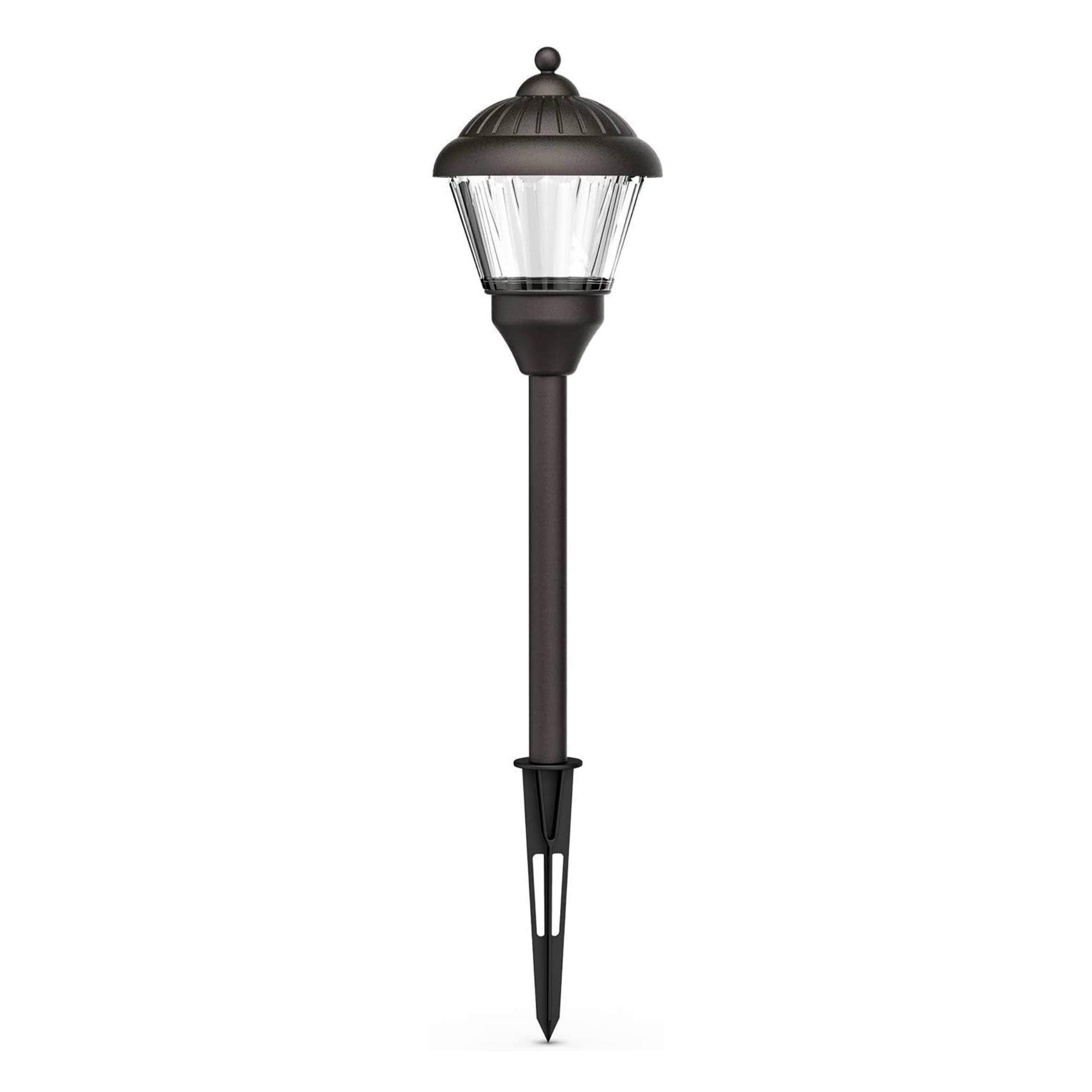

LUMEN LIGHTS FULL
The light output is then measured on a full white field at nine specific locations around the screen and averaged. The brightness and contrast of the projector are adjusted so that on a full white field, it is possible to distinguish between a 5% screen area block of 95% peak white, and two identically sized 100% and 90% peak white boxes at the center of the white field. First the projector is set up to display an image in a room at a temperature of 25 ☌ (77 ☏). The method for measuring ANSI lumens is defined in the IT7.215 document which was created in 1992. This allows projectors to be more easily compared on the basis of their brightness specifications. ANSI lumen measurements are in general more accurate than the other measurement techniques used in the projector industry. For marketing purposes, the luminous flux of projectors that have been tested according to this procedure may be quoted in "ANSI lumens", to distinguish them from those tested by other methods. A standardized procedure for testing projectors has been established by the American National Standards Institute, which involves averaging together several measurements taken at different positions. The light output of projectors (including video projectors) is typically measured in lumens. To estimate lumens from watts for various types of lamp, see luminous efficacy. For example, according to the European Union standard, an energy-efficient bulb that claims to be the equivalent of a 60 W tungsten bulb must have a minimum light output of 700–750 lm. That change is a result of the EU's Eco-design Directive for Energy-using Products (EuP). On 1 September 2010, European Union legislation came into force mandating that lighting equipment must be labelled primarily in terms of luminous flux (lm), instead of electric power (W).

Below is a table that shows typical luminous flux for common incandescent bulbs and their equivalents.Įlectrical power equivalents for different lamps Minimum light output (lumens) Many compact fluorescent lamps and other alternative light sources are labelled as being equivalent to an incandescent bulb with a specific power. Lamps used for lighting are commonly labelled with their light output in lumens and, in many jurisdictions, that is required by law.Ī 23 W spiral compact fluorescent lamp emits about 1,400–1,600 lm. It consumes about one sixth the energy of an incandescent light bulb producing the same light. So a lumen represents at least 1/683 watts of visible light power, depending on the spectral distribution.Īn LED lamp capable of producing 470 lumens. Mathematically, 1 lx = 1 lm/m 2.Ī source radiating a power of one watt of light in the color for which the eye is most efficient (a wavelength of 555 nm, in the green region of the optical spectrum) has luminous flux of 683 lumens. The same 1,000 lumens, spread out over ten square metres, produces a dimmer illuminance of only 100 lux. A flux of 1,000 lumens, concentrated into an area of one square metre, lights up that square metre with an illuminance of 1,000 lux. The difference between the units lumen and lux is that the lux takes into account the area over which the luminous flux is spread. The number of candelas or lumens from a source also depends on its spectrum, via the nominal response of the human eye as represented in the luminosity function. The lumen can be thought of casually as a measure of the total amount of visible light in some defined beam or angle, or emitted from some source. The luminous intensity would still be one candela in those directions that are not obscured. If the source were partly covered by an ideal absorbing hemisphere, that system would radiate half as much luminous flux-only 2π lumens. If a light source emits one candela of luminous intensity uniformly across a solid angle of one steradian, the total luminous flux emitted into that angle is one lumen (1 cd♱ sr = 1 lm).Īlternatively, an isotropic one-candela light-source emits a total luminous flux of exactly 4π lumens.


 0 kommentar(er)
0 kommentar(er)
